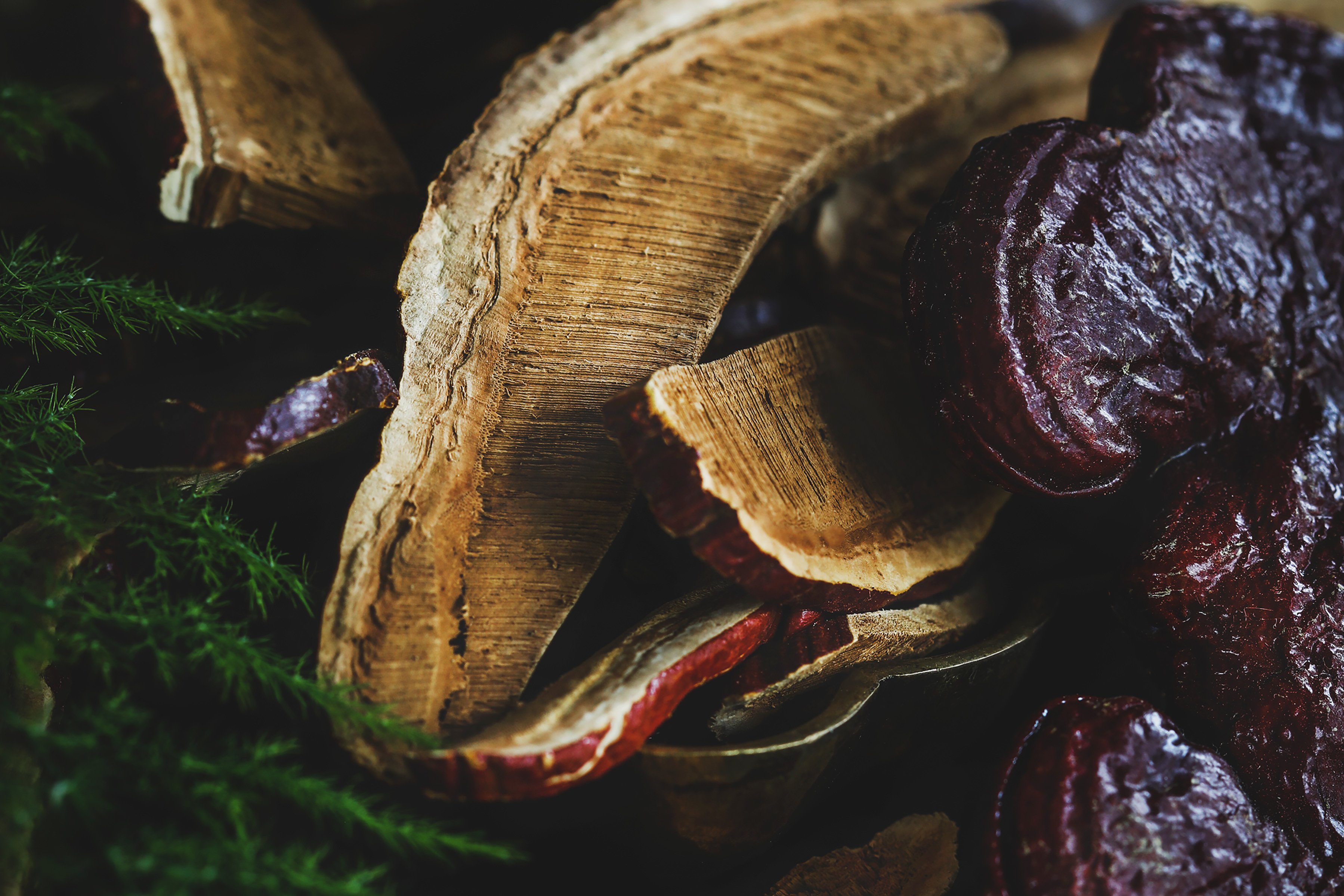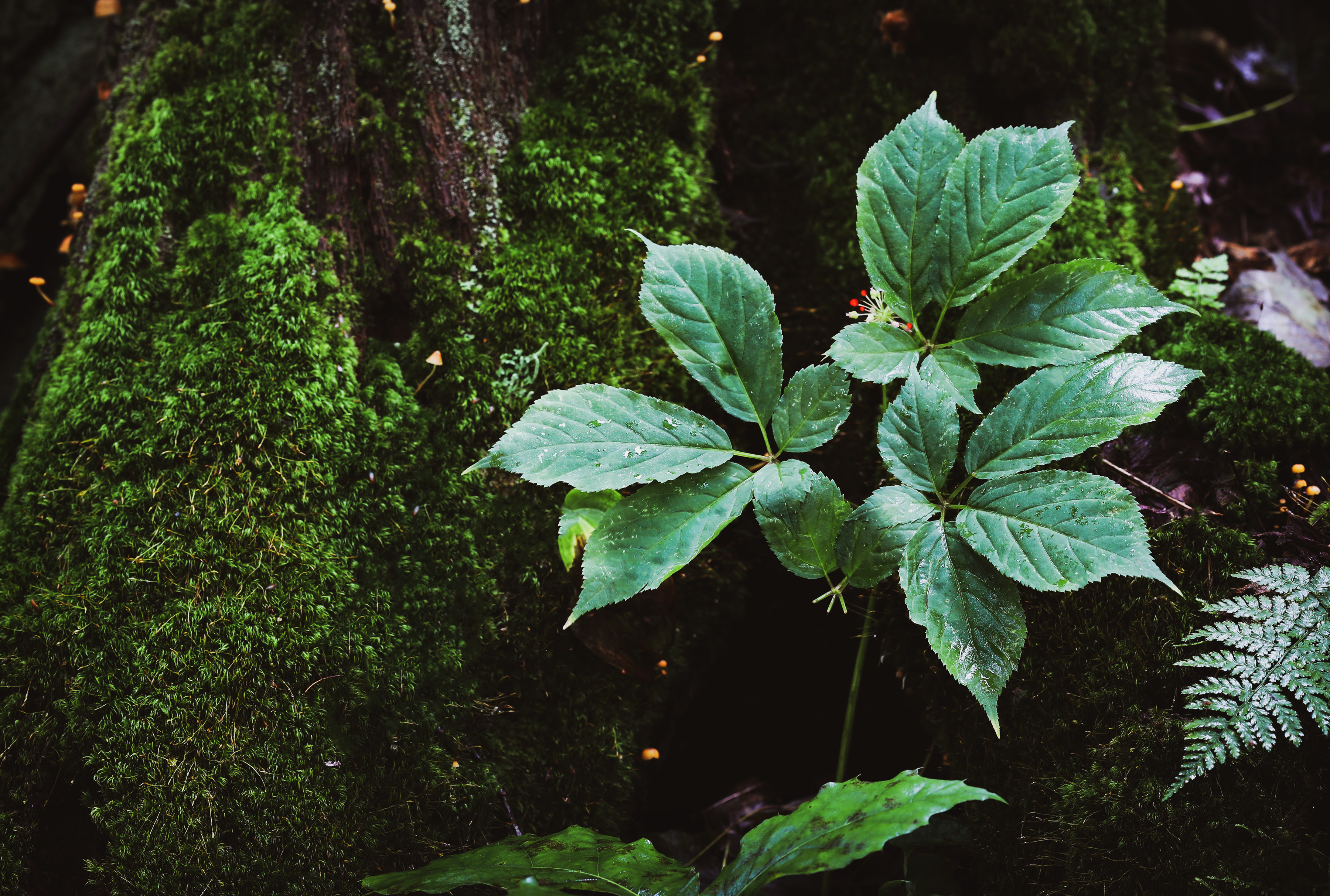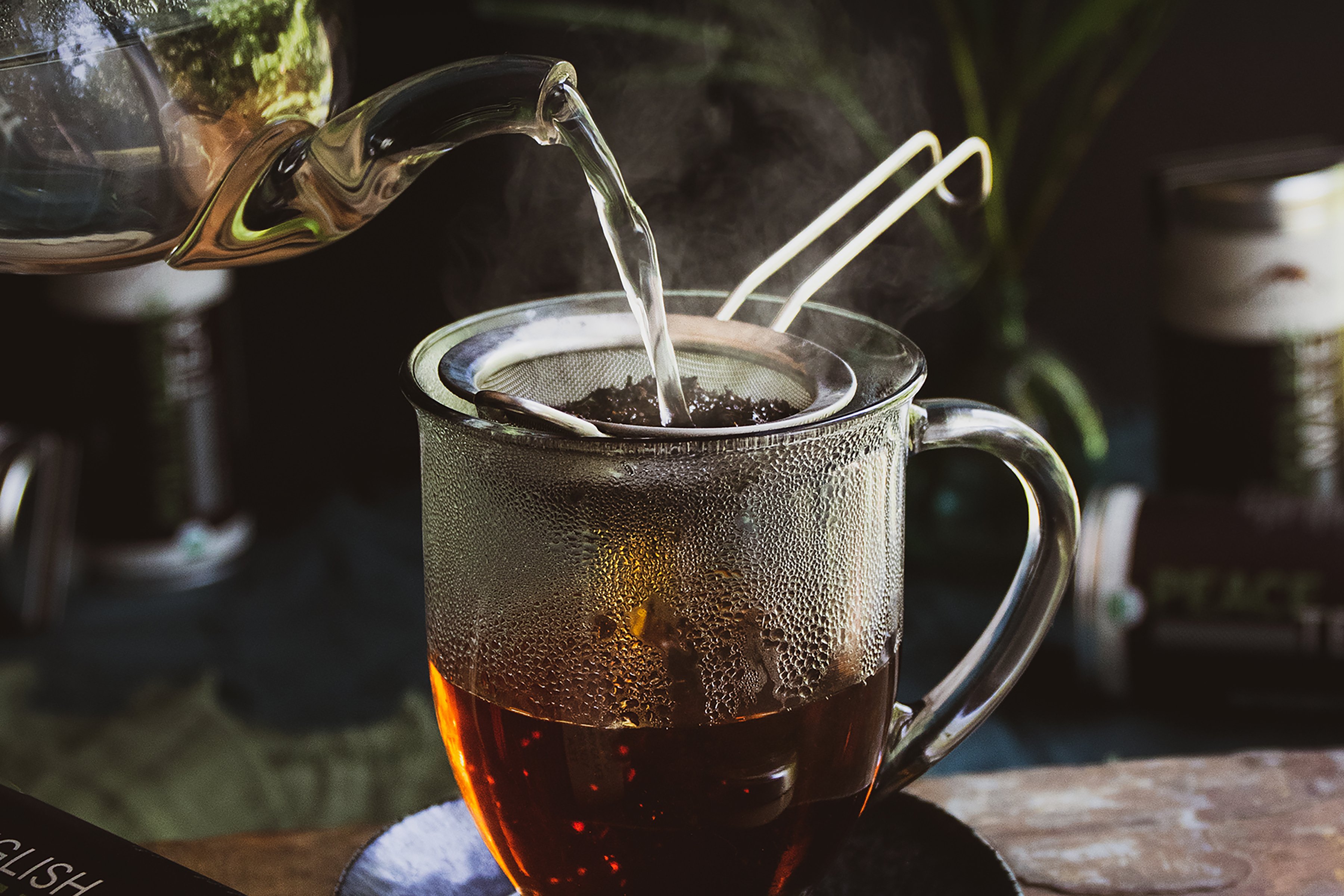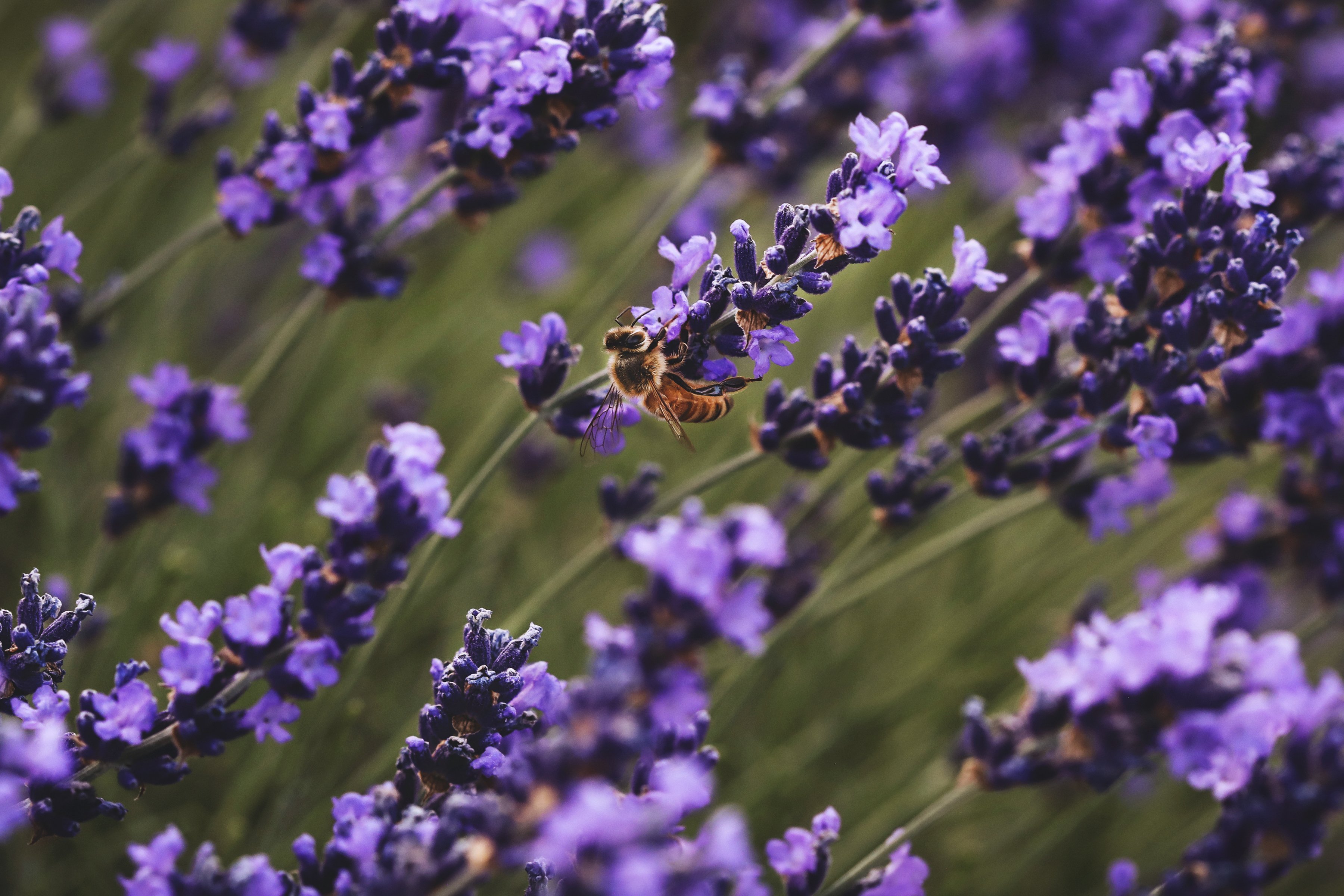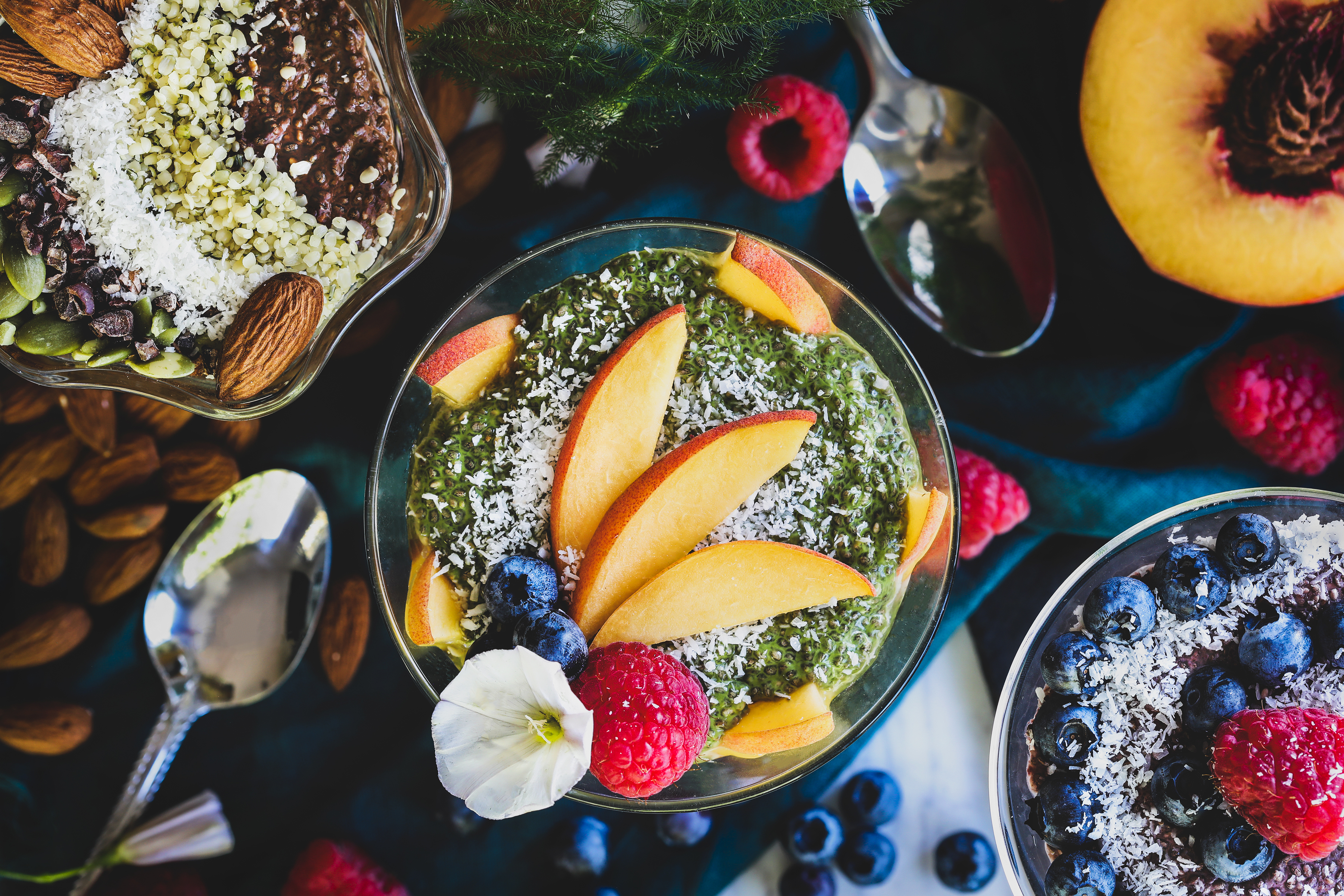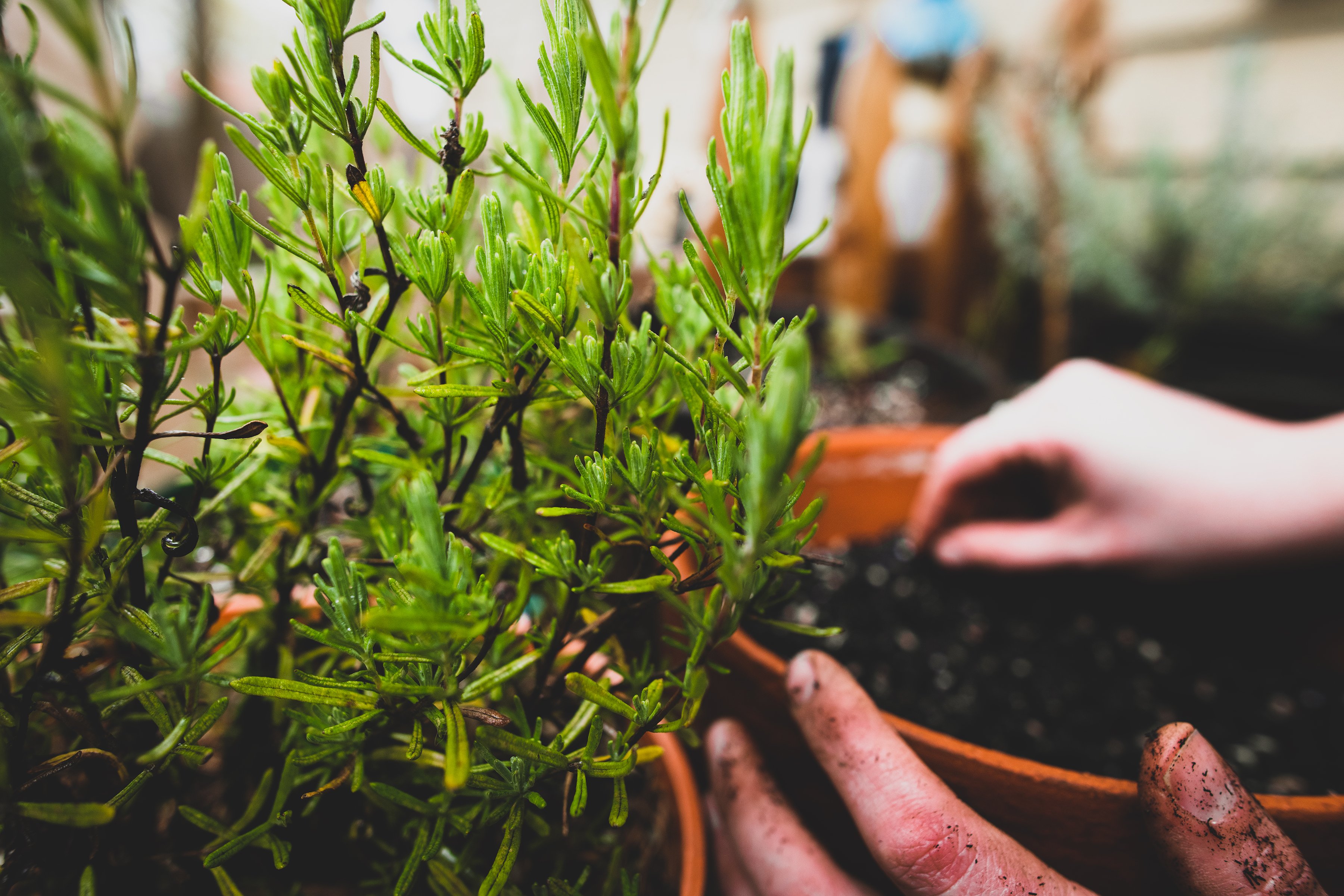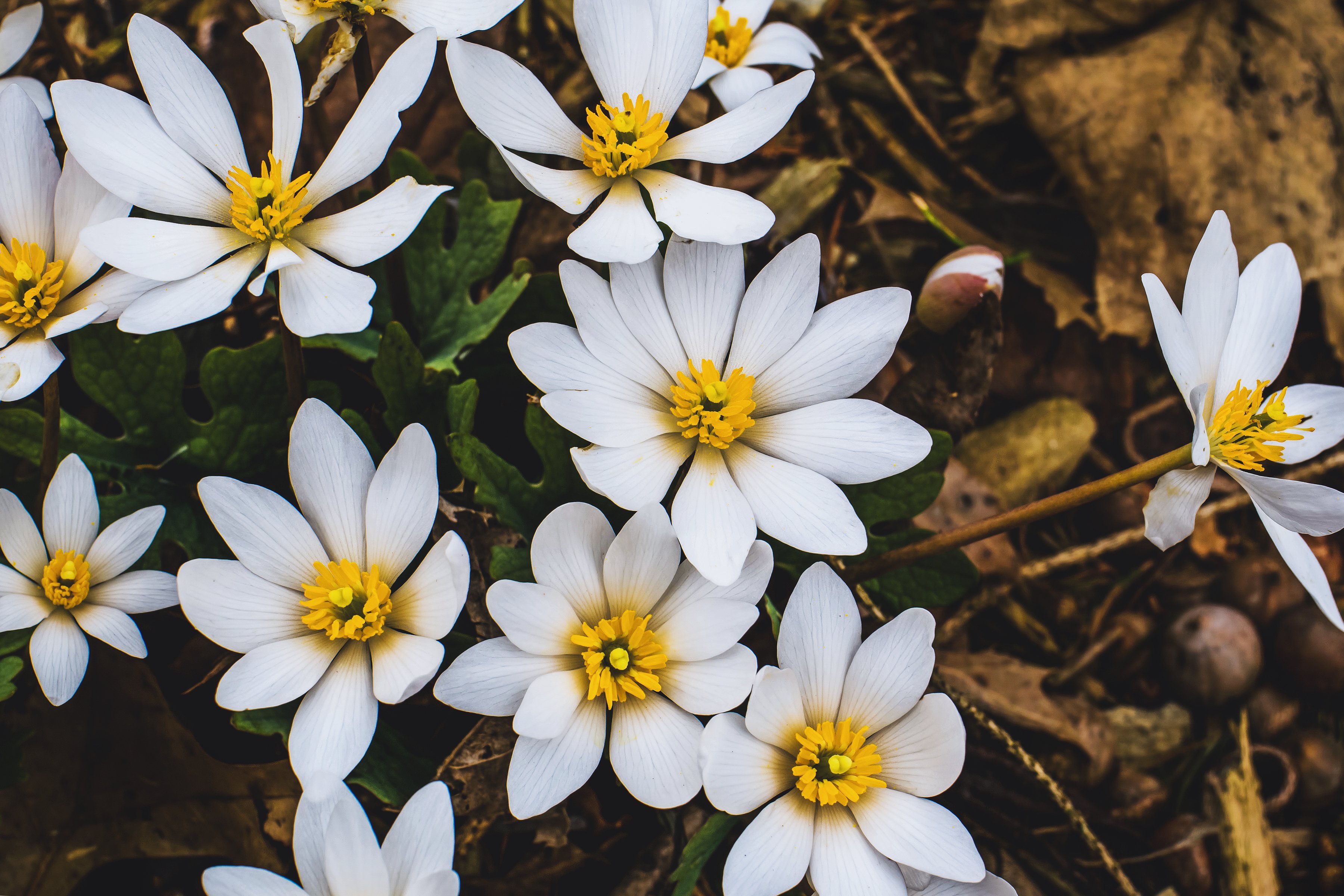In our continuing study of phytochemistry, let’s advance further with Polysaccharides. Studies show the many benefits of polysaccharides. They are immune modulating which means they help the immune system to regulate itself, whether stimulating or suppressing its actions. Polysaccharides stimulate the parasympathetic action to produce mucous, our body’s natural demulcent, to soothe dry, irritated tissues and assist in elimination. Contained in the primary cell walls of plants, polysaccharides act as a prebiotic, as most fiber does, to support beneficial bacteria and decrease non-beneficial bacteria. Serving as a soluble fiber, polysaccharides slow the release of glucose into the bloodstream as they enter the gut and bind bile acids. Bile acids then leave the body through the digestive system. Polysaccharides also prevent the absorption of cholesterol from food in the gastrointestinal tract and relieve constipation.
Read MoreWe are “microcosms of the macrocosm” according to Ayurvedic philosophy—an eloquent way of describing our interconnectedness with the natural world. While technology and other changes in our society have created a separation between us and nature’s rhythms, the body’s incredible intelligence easily “remembers” its synchronicity with the macrocosm when we give it a chance. One way of creating this opportunity is by honoring the changes of the season, which Ayurveda describes as a moment in time when the system (micro- and macrocosm) is more vulnerable to illness because of the shifts in dominant energies and elements. Most of us naturally do this in some form or another—changing our wardrobe, adjusting to a new schedule for work or school, etc.—but we can take our seasonal self-care one step further by giving our digestive system some space and ease with a seasonal reset.
Read More
As you know, we spend a lot of time thinking about at-risk herbs and what we can all do to support these botanical allies. The issue of overharvesting in the wild is a key reason why Mountain Rose Herbs is increasingly turning to cultivated herbs when possible and why we support certified organic forest farming, particularly for hard-hit herbs like North American ginseng (Panax quinquefolius). We know that to ethically procure these valuable botanicals, they must be consciously and mindfully gathered and harvested. We only work with growers and harvesters who have been fully vetted, who we can trust to cultivate, harvest, and handle our plant allies with the respect and care they deserve. With that in mind, we’d like to show you what successful forest farming looks like.

As you no doubt know, the Mountain Rose Herb team loves a good cup of tea. Our in-house artisan tea experts blend our teas with health and well-being in mind using superior botanicals to create nourishing, delicious teas with rich, organic flavors and nuanced tasting notes. But the quality of a tea is best showcased when it is brewed correctly. If you appreciate a fantastic cup of tea, here are some pointers on how to create your dream cuppa’.
Read More
If you’re like me, you aim to not waste any of your herbal ingredients—you understand that hard-working pollinators and farmers put a lot of love and care into getting the finest organic botanicals into your cupboard. This is why I began exploring ways to reuse my herbs after making herbal preparations. Through years of making tea, infused oils, tinctures, vinegars, and honeys, I’ve tinkered up some fun ways to upcycle the remaining plant material, often called the “marc,” into other fine uses and crafts.
Read More
I am a fan of Lynn Rosseto Kasper’s public radio cooking show The Splendid Table. I was particularly intrigued with a 2020 episode in which she talked about a recipe for butternut squash roasted with a cider reduction syrup that she made by simply reducing sweet apple cider from four parts down to one part. I thought—as I am wont to do—“What if I put herbs in that delicious syrup?”
Read More
We’re getting to the time of year when some species of bees, wasps, and hornets get more aggressive, so we’re more likely to get stung. In late summer and fall, these stinging insects start to prepare for winter at the same time that their natural food sources are depleted. They’re hungry and their instinct to protect their hive and, particularly, their queen becomes more intense. I sometimes get “hangry” too, so at some level I get it, but being on the receiving end of a yellow jacket’s misplaced fury is a big drag. Fortunately—so long as you are not allergic to bees and wasps—there are a number of very effective natural and herbal remedies if you’ve been stung.
Read More
Chia pudding is one of those foods that people often have very clear feelings about. They are either fully “Team Chia!” or are squicked out by the texture. The texture of chia pudding is all about proportions—a tiny change can make or break it. When you dial it in correctly, chia seed pudding gives you a delicious, high-fiber snack or topping that is beneficial for your gut, rich in Omega-3s, and provides protein and a number of essential minerals and antioxidants. Chia pudding is also a perfect vehicle for herbal powders which means you can easily customize the flavors and add herbal support!
Read More
Giving children a good herbal foundation will stay with them for their lifetime. Knowledge is power, and when we are young, we are especially open and eager to learn new things about the natural world. In the same way that learning another language is especially helpful in earlier development stages, so is sharing the language of plants. No matter what career and lifestyle children grow into, exploring plants as a child will give them a solid foundation of wisdom that will help them in their day-to-day lives. They will have the ability to take control of their own health and teach others to do the same.
Read More
At Mountain Rose Herbs, we have been in a years-long process of shifting our procurement policies away from wildharvested herbs in favor of cultivated ones whenever possible. This policy was necessitated by the increasing impact of overharvesting on some of the most popular herbs and spices around the world. In some cases, for instance with white sage (Salvia apiana), we have been able to source excellent organic, cultivated options, which means we can continue to offer this herbal ally with a good conscience. In other cases, however, as with false unicorn (Chamaelirium luteum) and trillium (Trillium spp.), we have chosen to discontinue carrying an herb because we simply cannot find an ethical way to procure it. As we are navigating an increasingly complex procurement reality, I want to give you a peek behind the curtain, as it were, into why and how we determine what we can sell while prioritizing the overall wellbeing of people, plants, and planet.
Read More
Bloodroot (Sanguinaria canadensis) is one of those herbal allies that has been with North Americans for as long as anyone can remember. For thousands of years, First Nations Peoples used different parts of the plant for a wide variety of issues ranging from skin problems to respiratory and gastrointestinal complaints, and also used it to make dyes. European immigrants, eclectic medicine practitioners, and others learned from the local indigenous peoples and by the early 19th century, bloodroot was officially listed in the United States Pharmacopeia. Today, literally tons of bloodroot are wildharvested every year. Let’s talk about the challenges this herbal ally is facing and how we can support its bountiful future.
Read More

